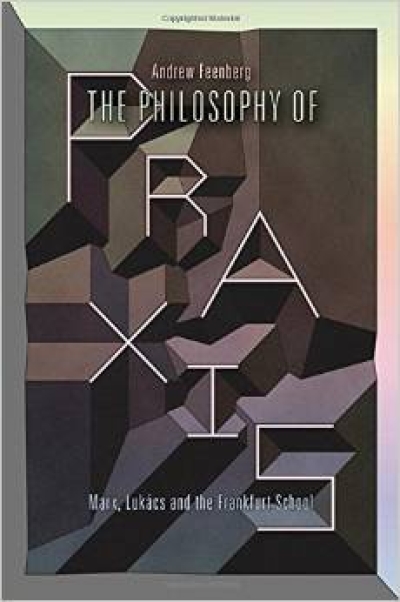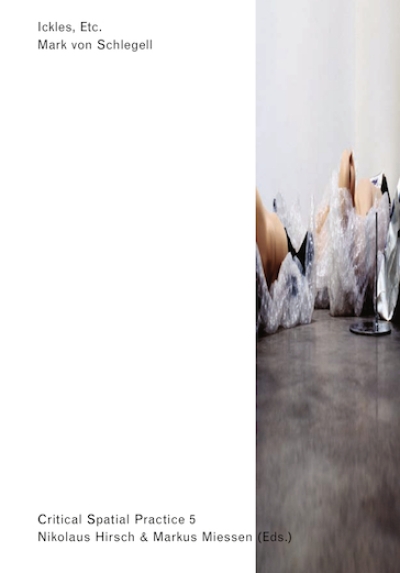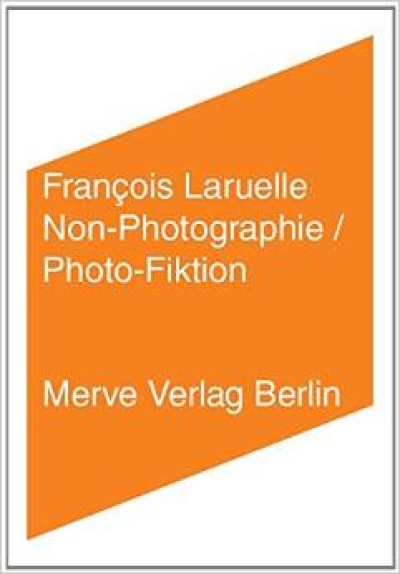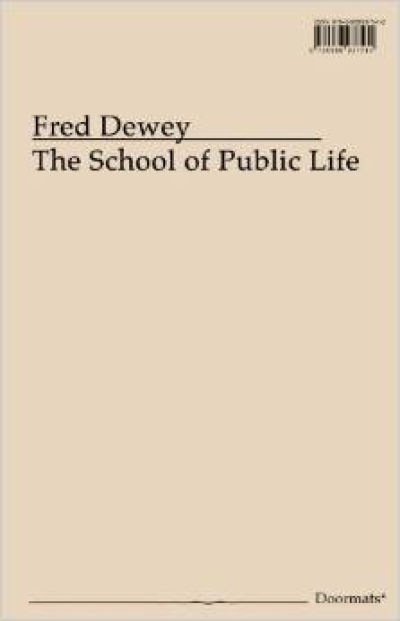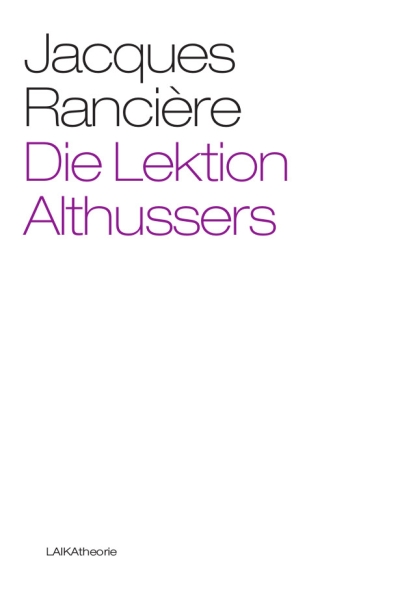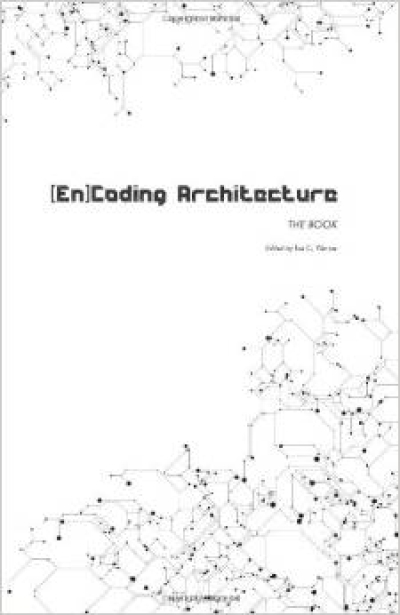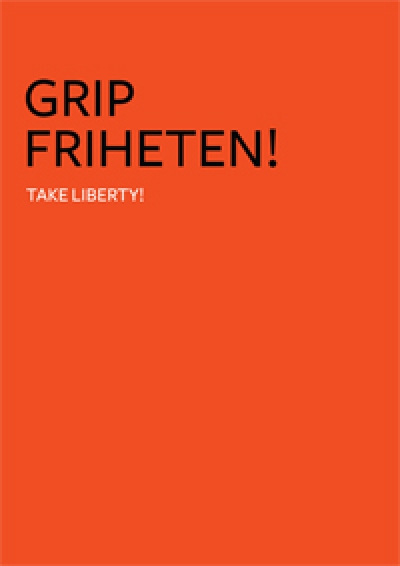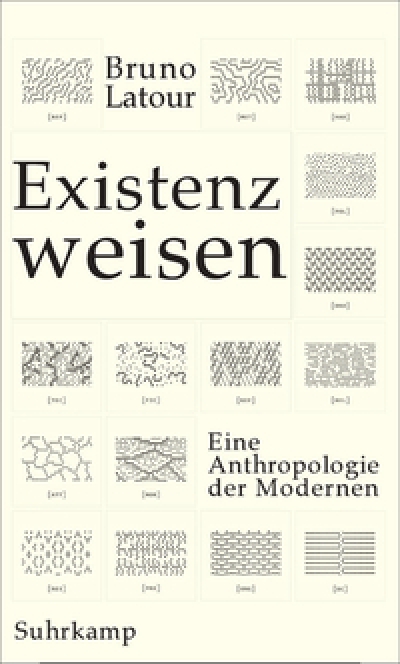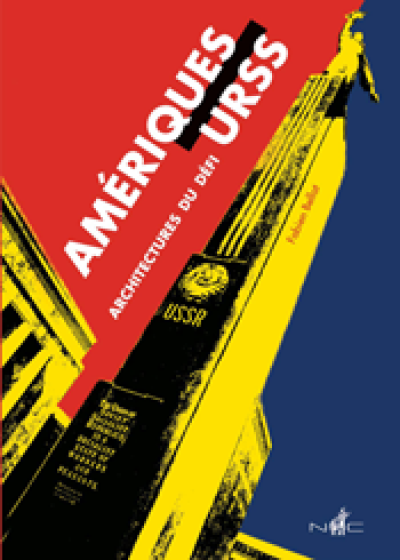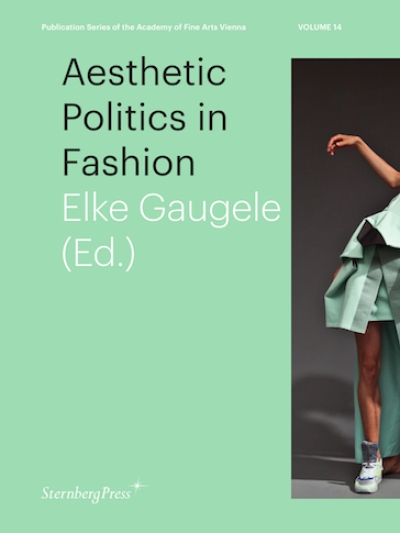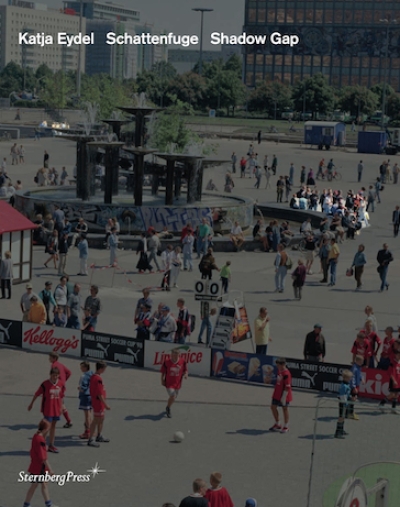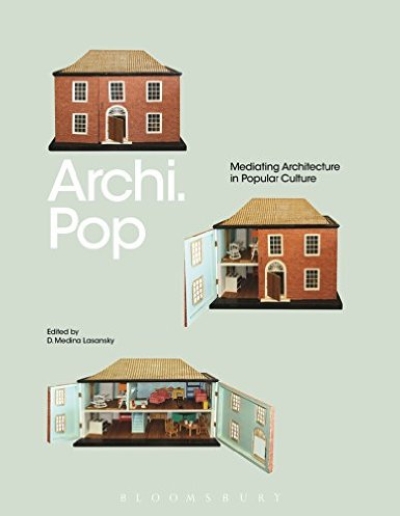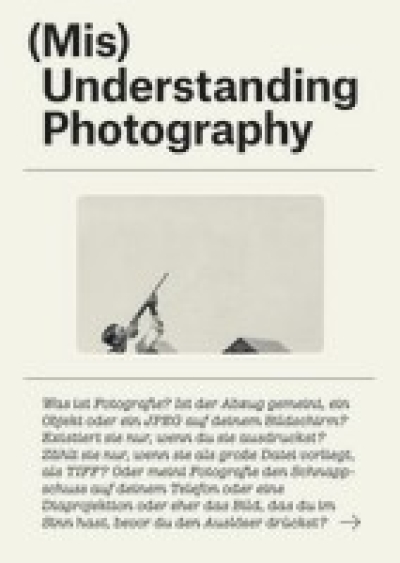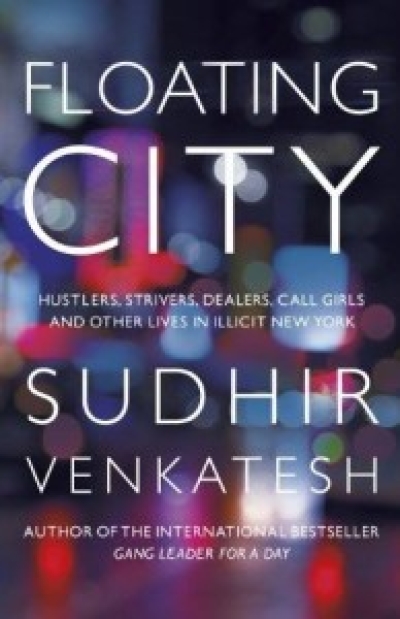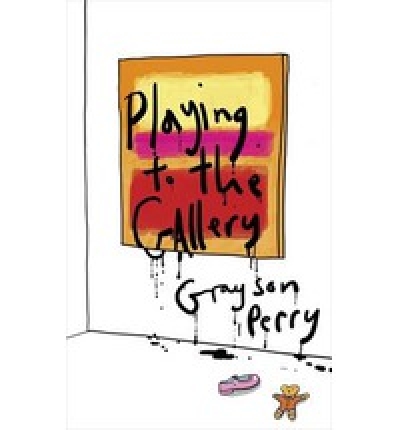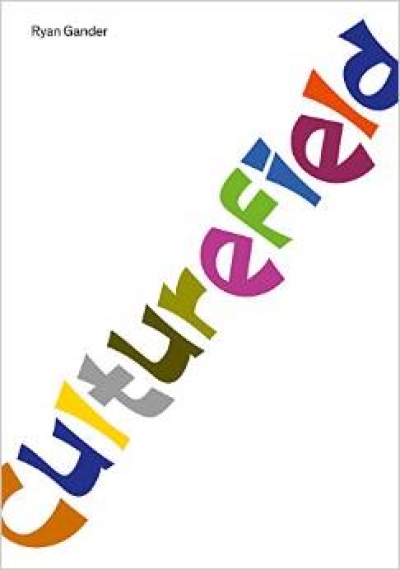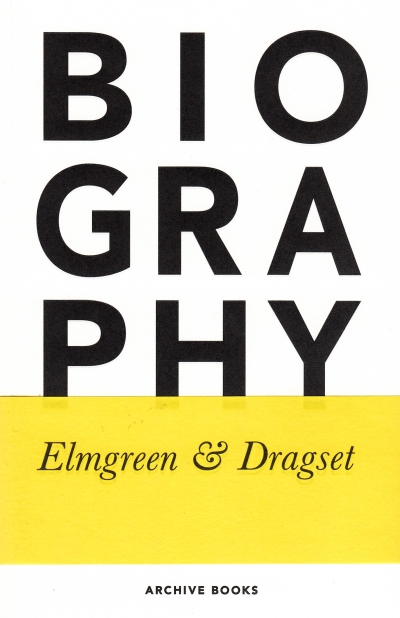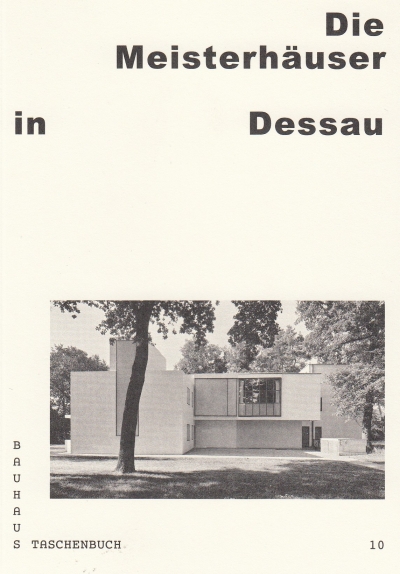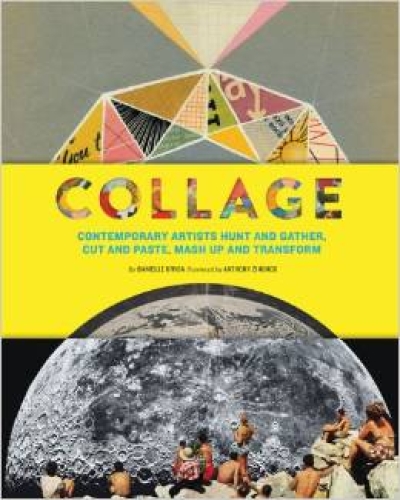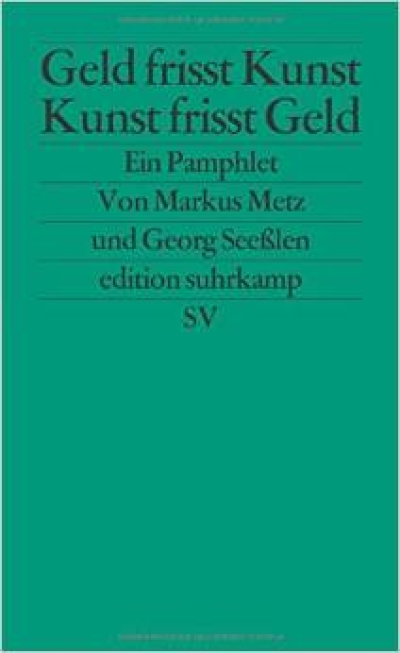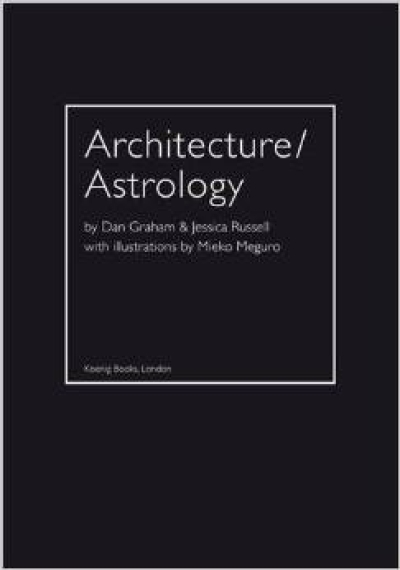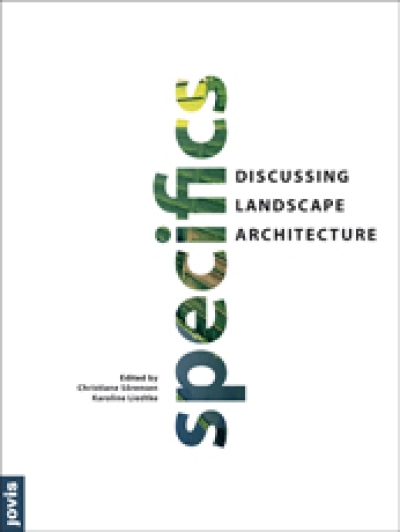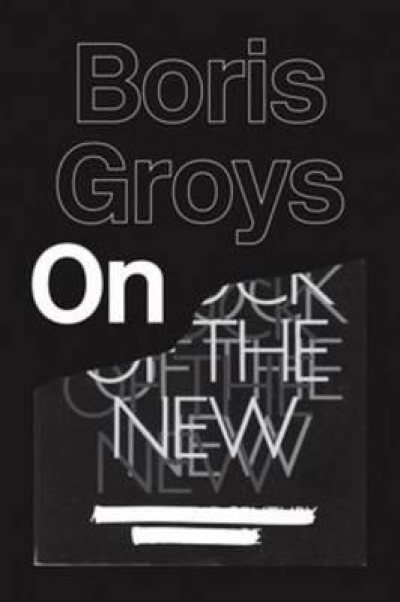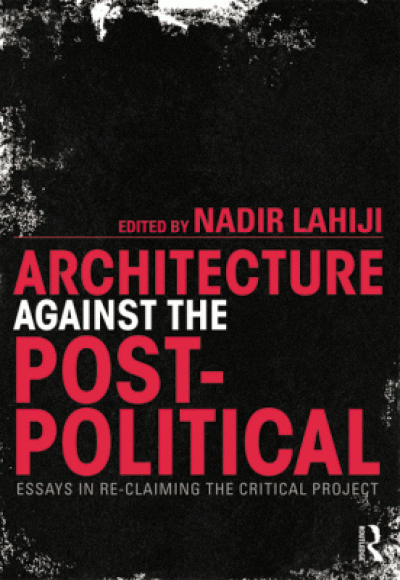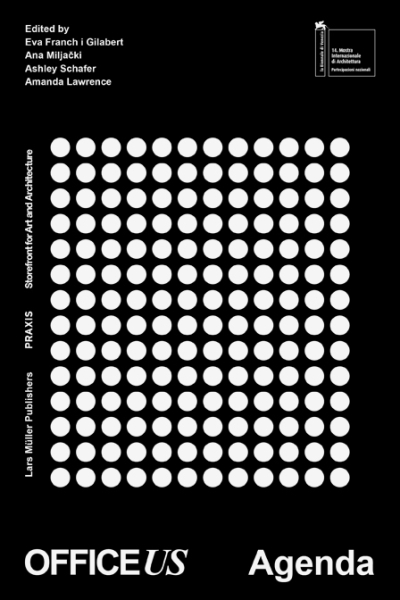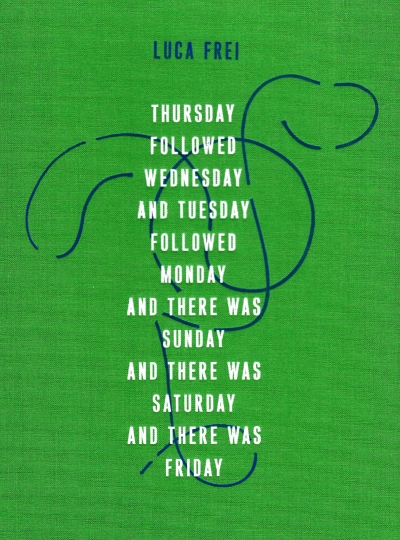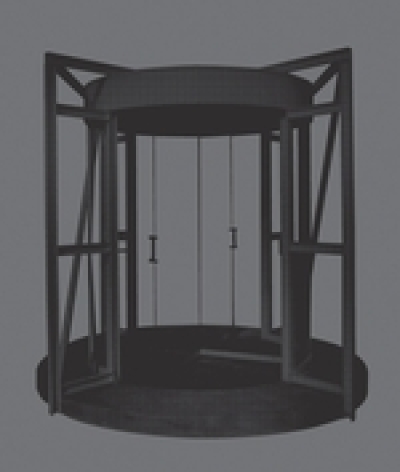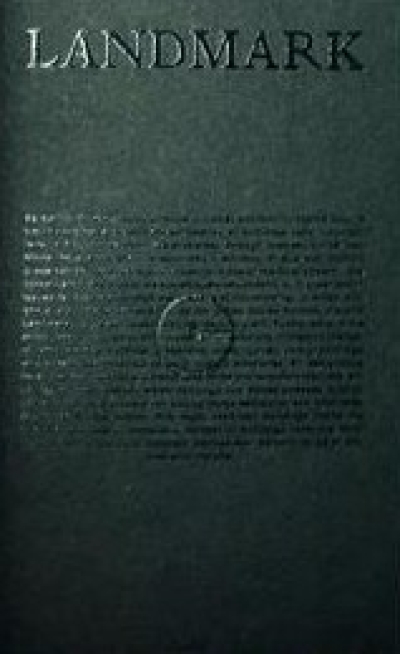
Landmark
As our built environment evolves, we must continually decide what is worth keeping. A significant percentage of buildings today—particularly in Western nations—are preserved through imposed guidelines. While there are myriad reasons why a building or site may warrant preservation, being deemed a landmark is one of the most powerful and complicated.
Architecture's complicated relationship with wider social issues is laid bare through the process of landmarking, in which only one of six criteria—as outlined by the United States National Historic Landmarks program—mentions architectural merit. Furthermore, while structures were previously landmarked after having withstood the test of time, we now consider preserving comparatively young buildings and debate the historical value of unbuilt structures. By designating local, national, and international landmarks and landmark districts, societies officially declare which buildings and places possess cultural value. What are the bases for making these decisions, and what does this mean for the future? With many important buildings facing the wrecking ball and an increasing number of buildings receiving landmark status, it is time to critically discuss how we both let go of and hold onto the past.
Contributors
Timothy Allanbrook, FAIA, simon Battisti, Dorin Baul, Rachel Berger, Willis Bigelow, Danny Wills, Ashley Bigham, Erik William Herrman, Aiden Bowman, Gabrielle Brainard, Hamed Bukhamseen, Ali Karimi, Kevin Bukowski, David Karle, Liz Szatko, Matthew Carbone, Roy Cloutier, Archie Lee Coates IV, Hana Cohn, Lukas Debiasi, Ozge Diler Himes, Natalya Egon and Noel Turgeon, Adam Feldman, Ana Rita Folgado, Maria S. Martins, Jeffrey Franklin, Alix Friedman, Iker Gil, Duncan Harding, John Hill, Julia van den Hout, INC_A, Aki Ishida, Harry Kendall, Andrew Kenney, Joss Kiely, Marisa Kolodny, Jeffrey Kruth, Nicole Lambrou, Stephanie Lee, Adam Lowe, Thomas Lozada, Kyle May, Craig William McCormack, Deirdre McDermott, Nicholas McDermott, John Q McDonald, Norman McGrath, Henry Moll, Jorge Otero-Pailos, Martin Parr, Jacob Reidel, Bryony Roberts, Sam Roche, James Russiello, Khyati Saraf, Patrick Sarmiento, Phoebe Springstubb, Dan Wilkinson, Gary Wolf and Carl Yost.
































































